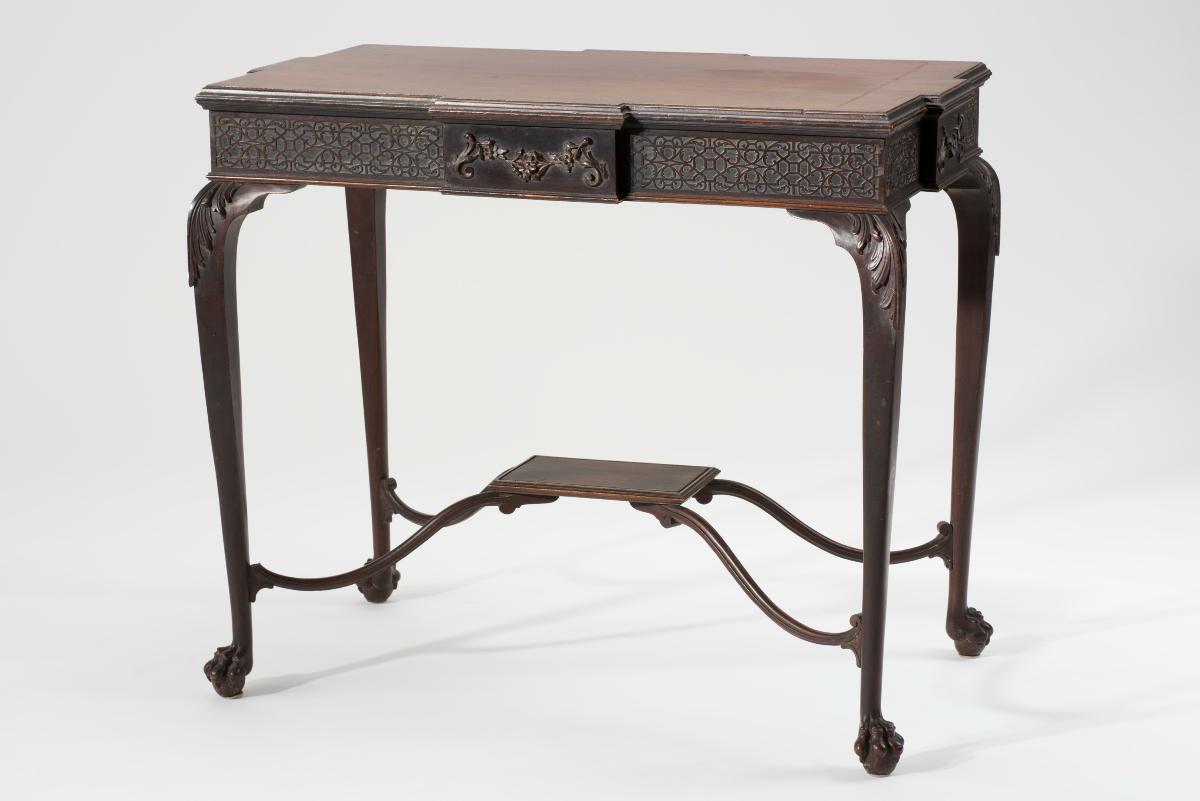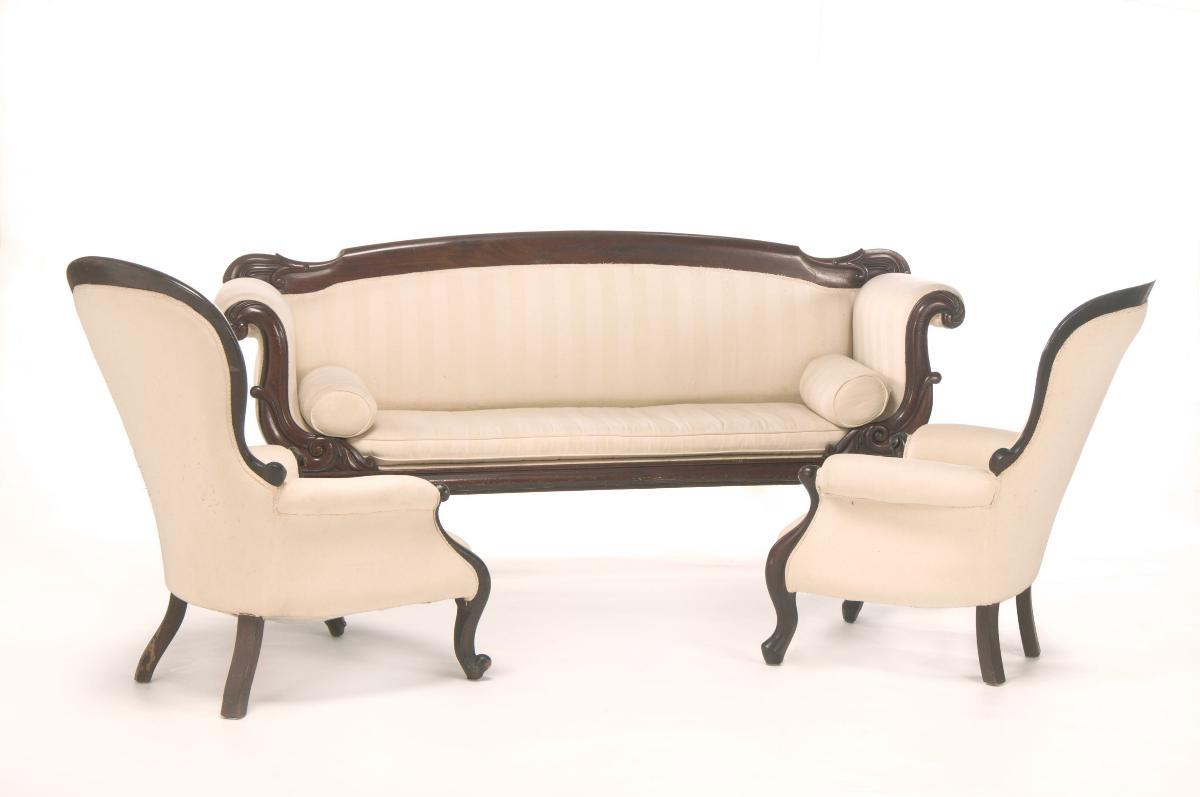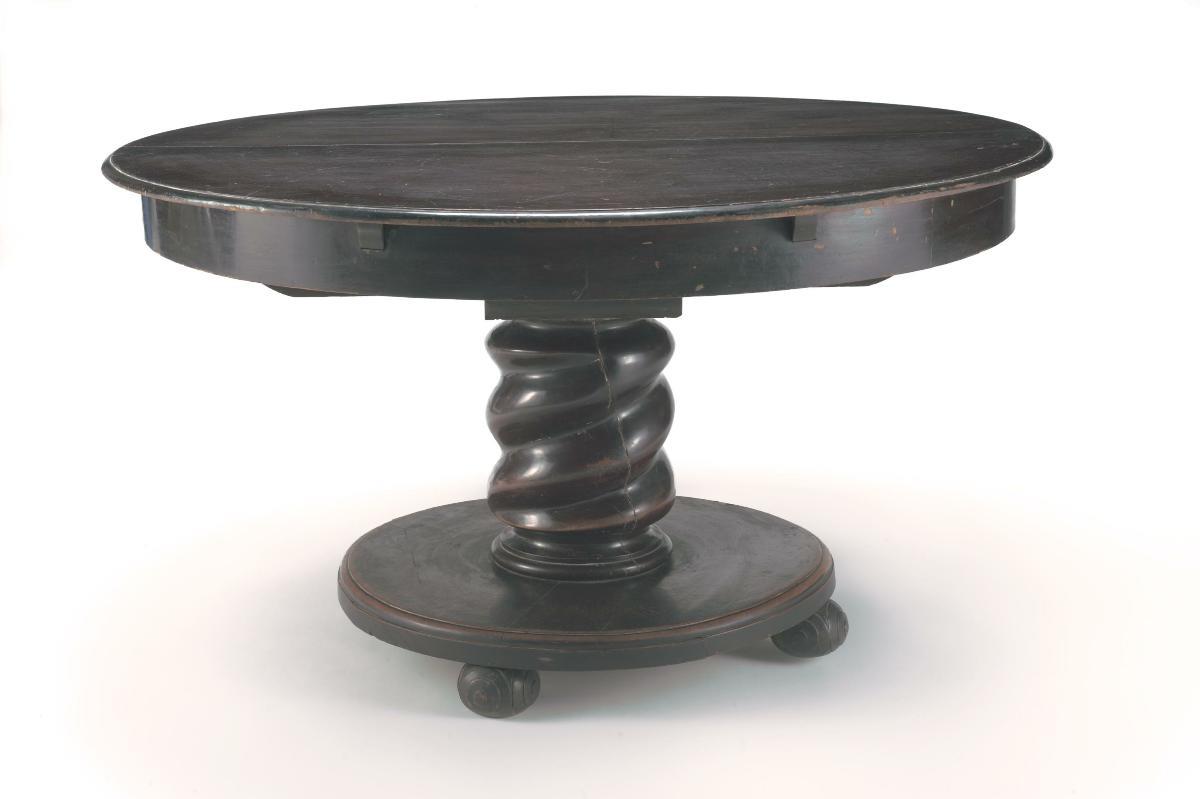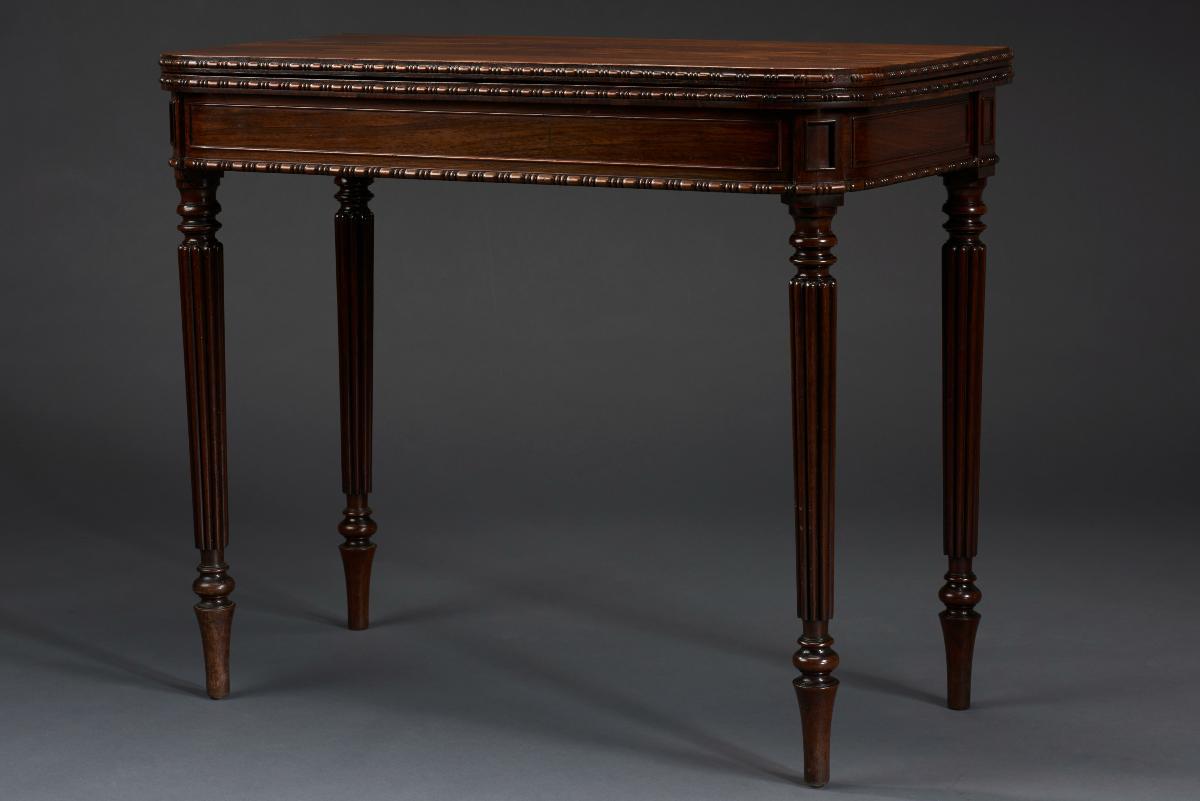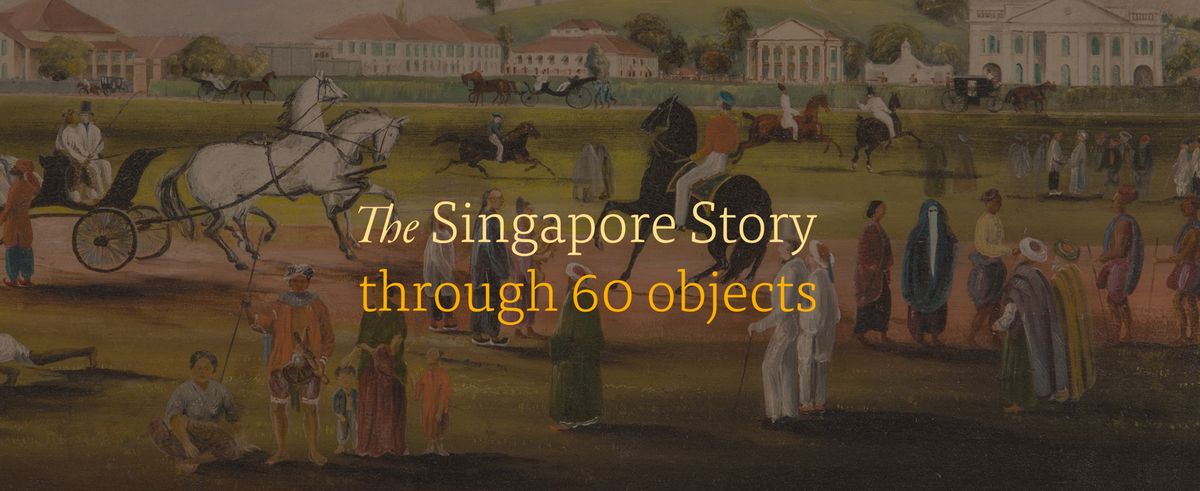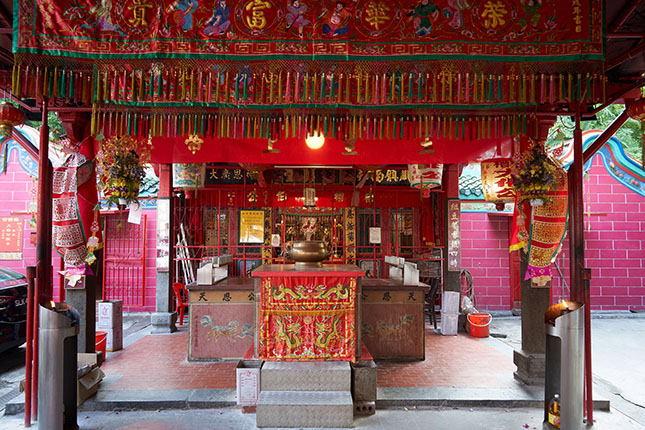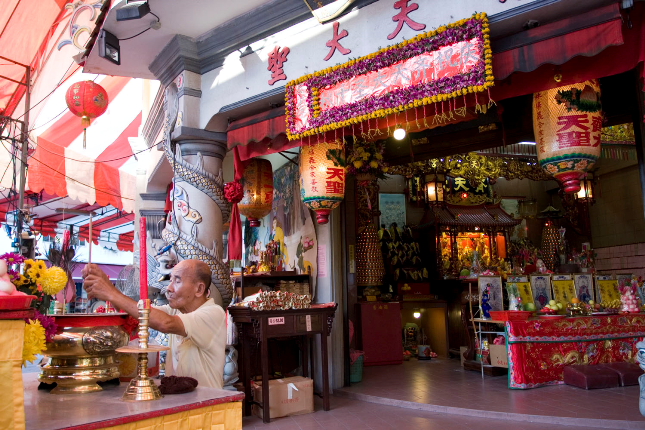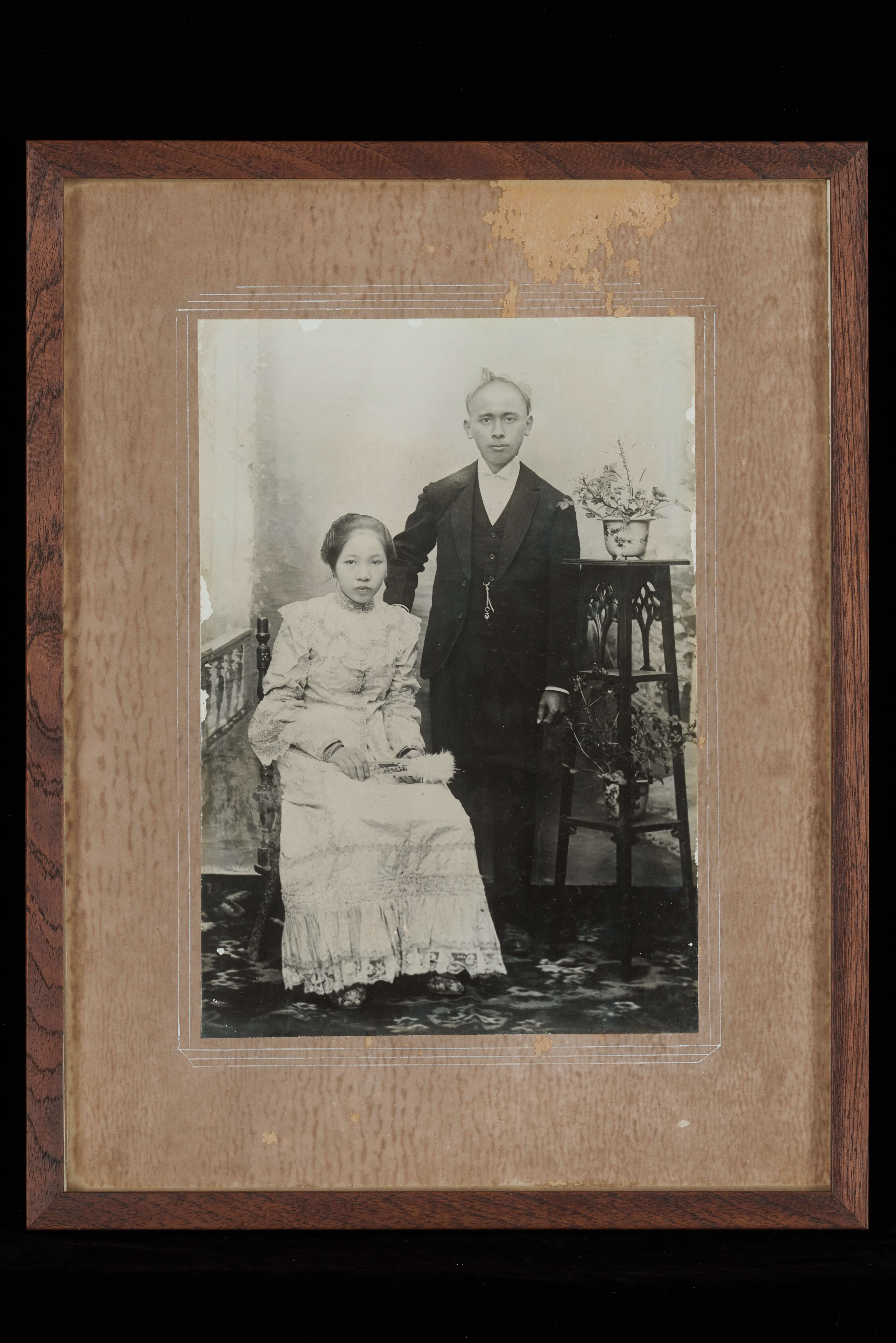By the Victorian era of the mid to late 19th century, the imperial British and Western powers had extended their empires to most parts of the world, with Southeast Asia being one of the colonised regions. The colonisers brought with them their language, principles of government, architecture and furniture etc and adapted them to the tropics.Typically, hardwoods such as teak and mahogany were used as they were particularly suited to the humid climate of Southeast Asia. These woods stood up to the most extreme conditions and were readily available in most parts of the region. Using different woods and materials was just one of the many adaptations of (British) colonial style furniture. British colonial design emphasised muted colors such as browns, beiges and straw, in sharp contrast to the highly popular flowery and extravagant prints back in Europe.British colonial furniture is a blend of traditional British with island and Asian accents. It reflects the rich cross-cultural pollination between the colonised and the British colonials - the colonial influences amongst the locals and the British colonials’ adaptations based on the lifestyles and habits of the natives. These local motifs were re-presented through the styles and designs of the furniture, which accentuated the British/colonial masters’ fascination with the ‘exotic’, in a way mirroring the othering of the British on her colonies.




